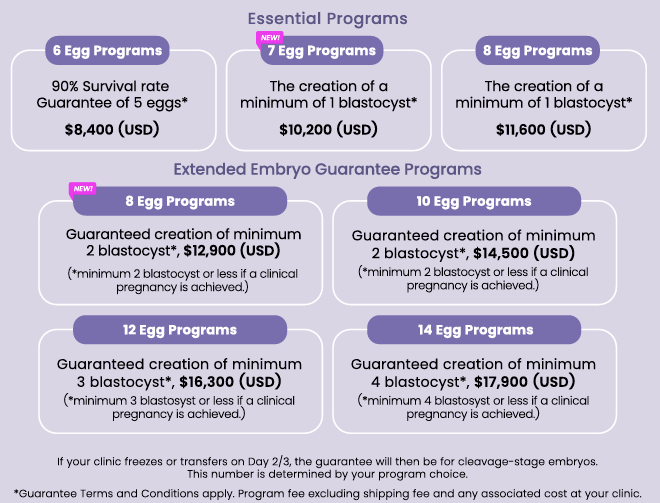They’re expensive, exhausting and more often than not end up in heartbreak. Statistically speaking, only every fourth fertility treatment results in a birth. Now, a group of scientists from London’s Francis Crick Institute say they managed to isolate one factor related to IVF failure – a protein responsible for embryos’ development, bringing closer the day we’ll be able to increase success rates through editing of DNA strands.
Approximately 75% of all fertility treatments are destined to fail, whether through the embryo(s) not implanting or a miscarriage at a later stage. An innovative study recently published in Nature describes a significant breakthrough, which could explain why some pregnancies fail to develop and help increase success rates in the future.
The British study suggests faulty embryo development occurs due to lowered Oct4 protein activity. This was discovered after researchers used the CRISPR/Cas9 tool to remove the protein from 41 human embryos donated to the institute, and found that they could not develop without it.
According to Prof. Shlomo Mashiach, a senior Israeli fertility specialist, these findings would, in the future, allow embryologists to select the best embryos for transfer by assessing the status of the Oct4 protein. This, in turn, will lead to higher IVF success rates and reduce the number of miscarriages.
CRISPR/Cas9: A Tool for Editing Damaged DNA Strands
The development is yet another breakthrough make possible thanks to a revolutionary technique called CRISPR/Cas9. Developed 4 years ago, it was recently used by scientists from Oregon to “edit” or “cut” DNA strands to correct genetic defects that would’ve lead to serious congenital diseases and substitute them with “healthy” strands. The procedure was performed on embryos created through IVF (prior to transfer). Even before that, specialists from China utilized the technique to prevent a potentially fatal blood disorder.
Original story (Hebrew): Ynet.

















